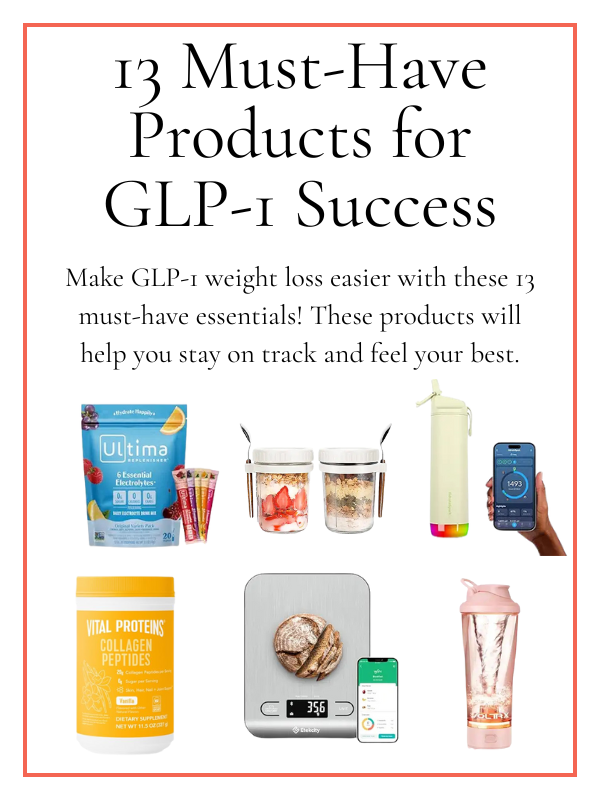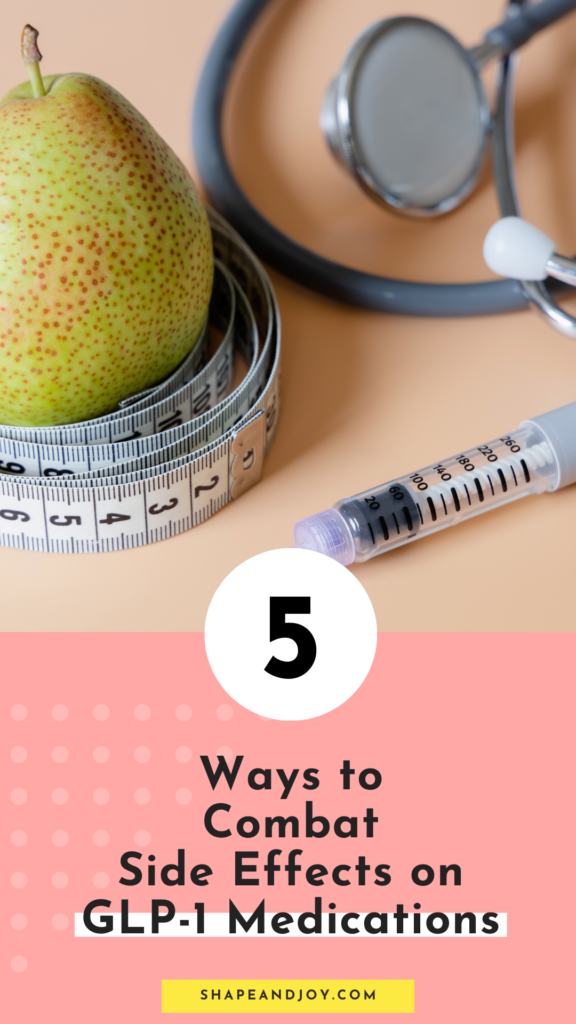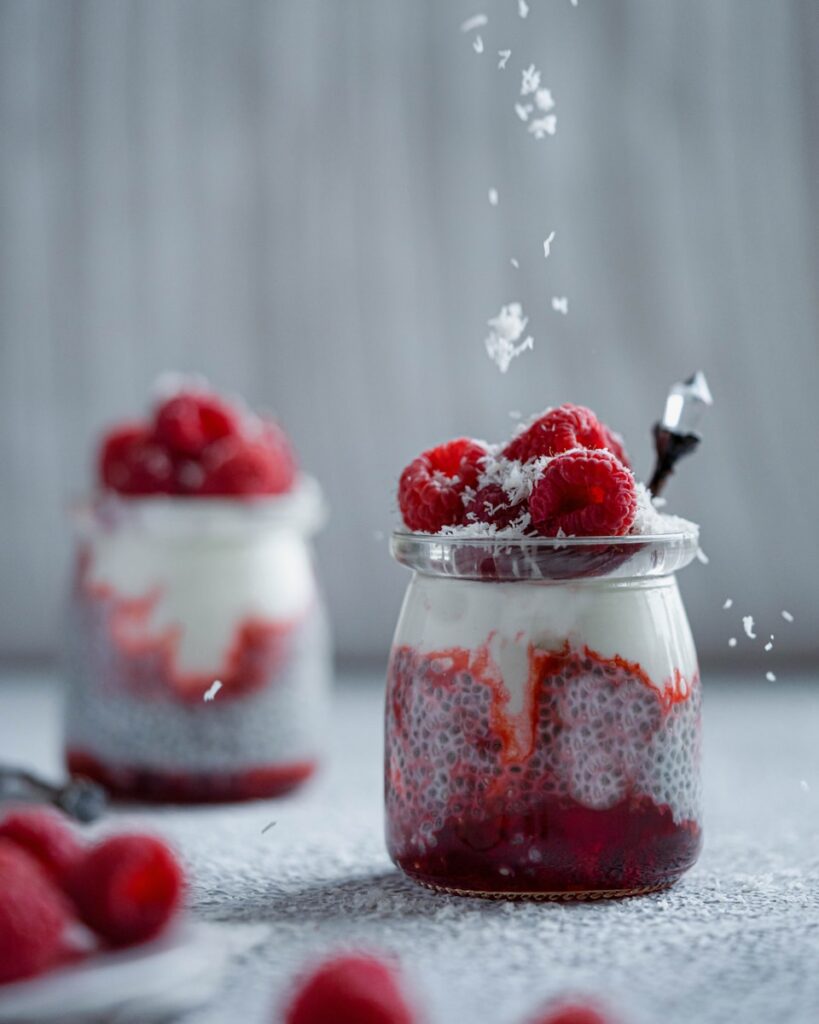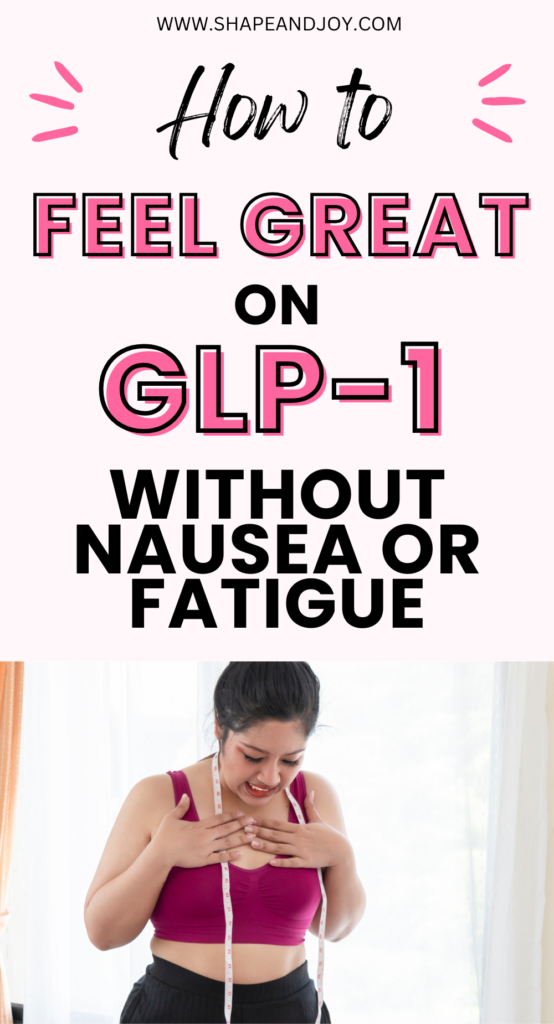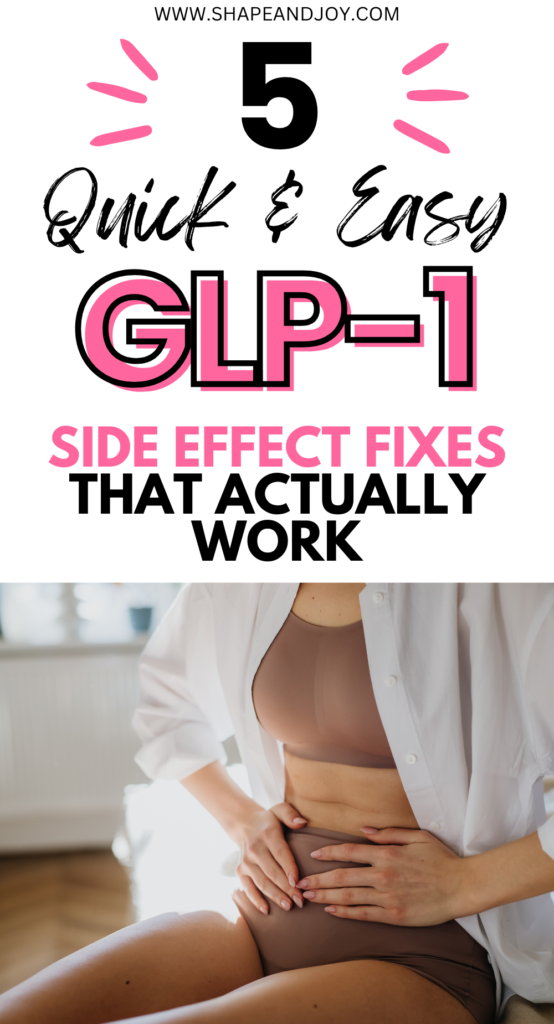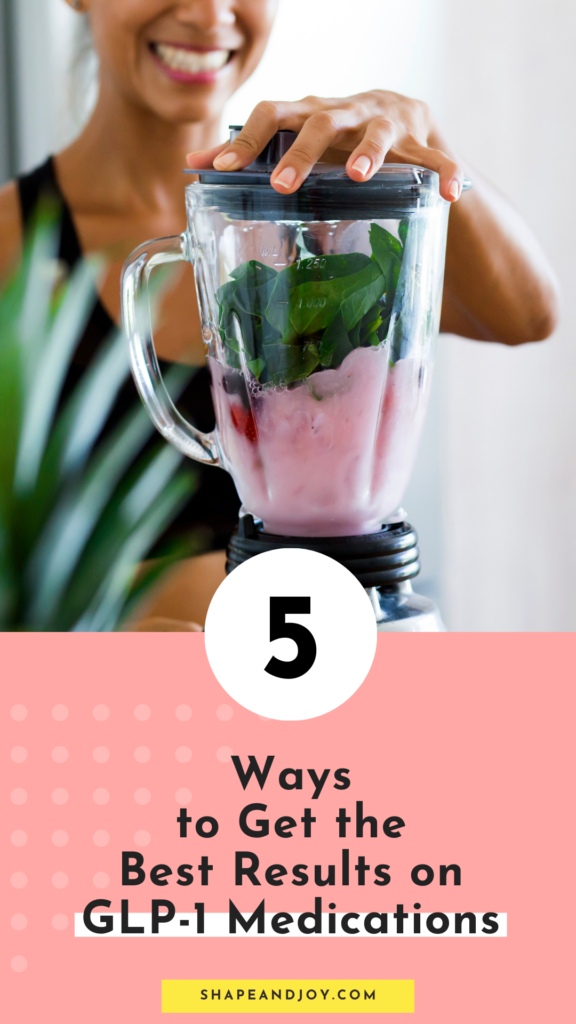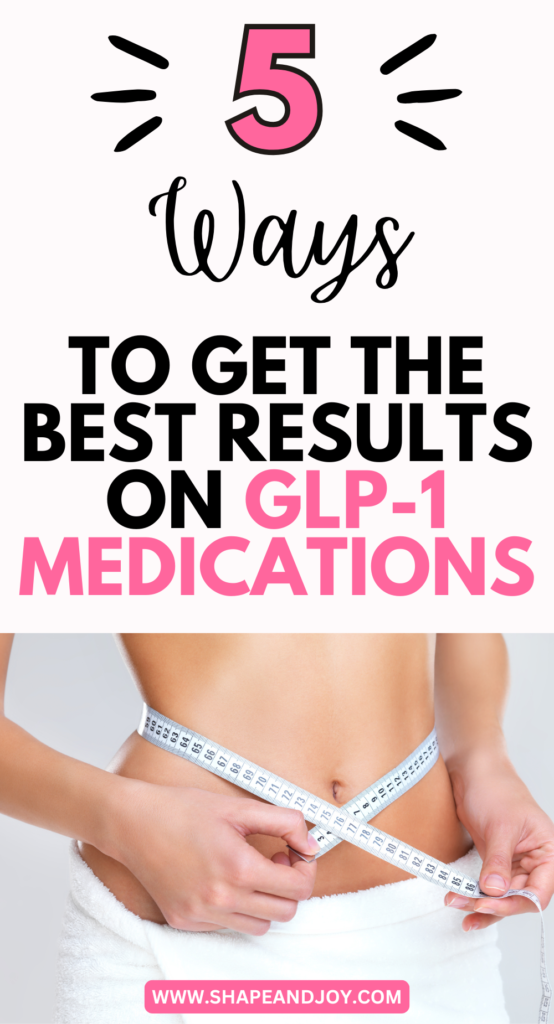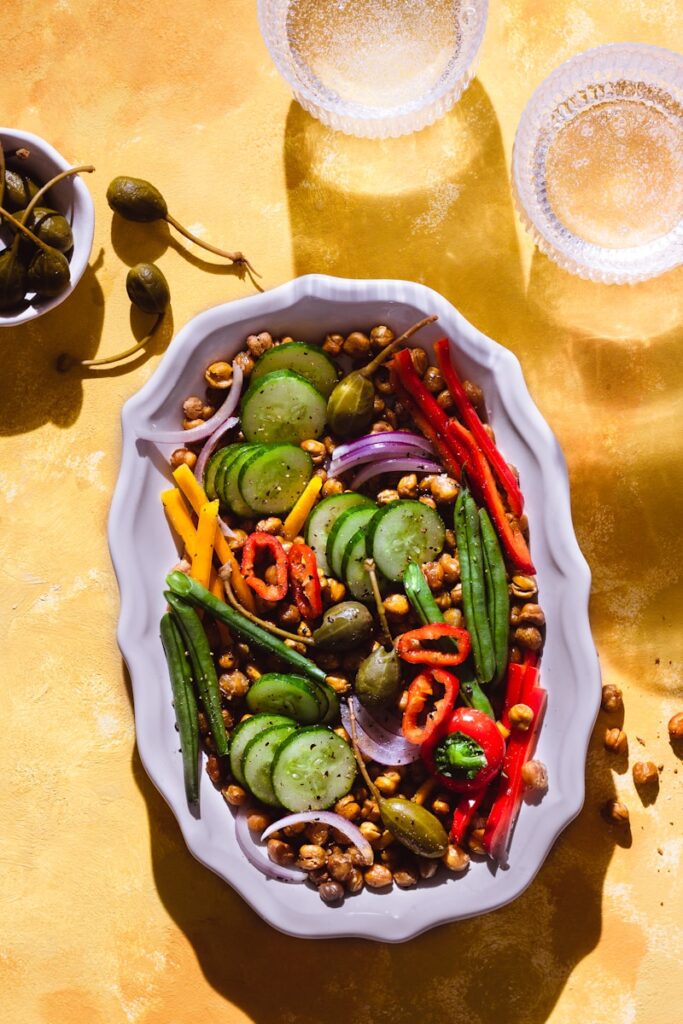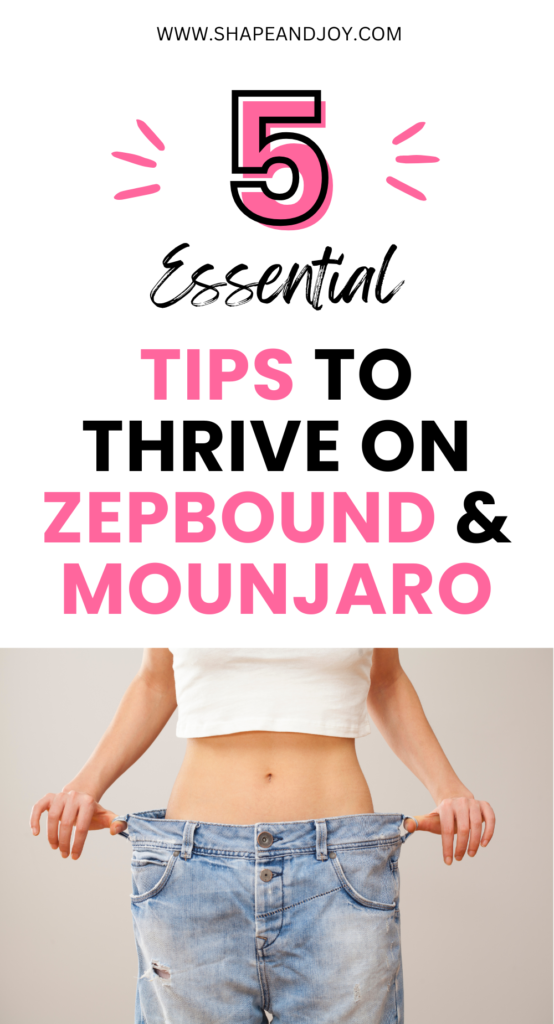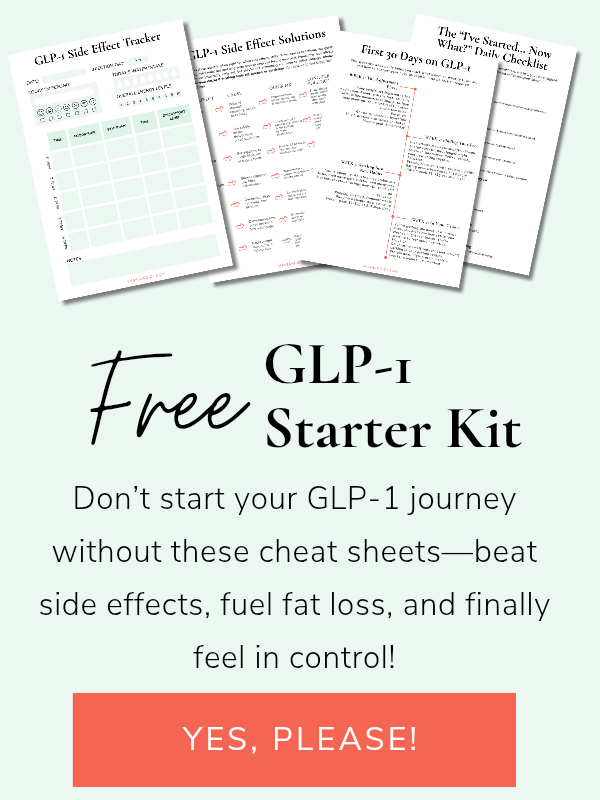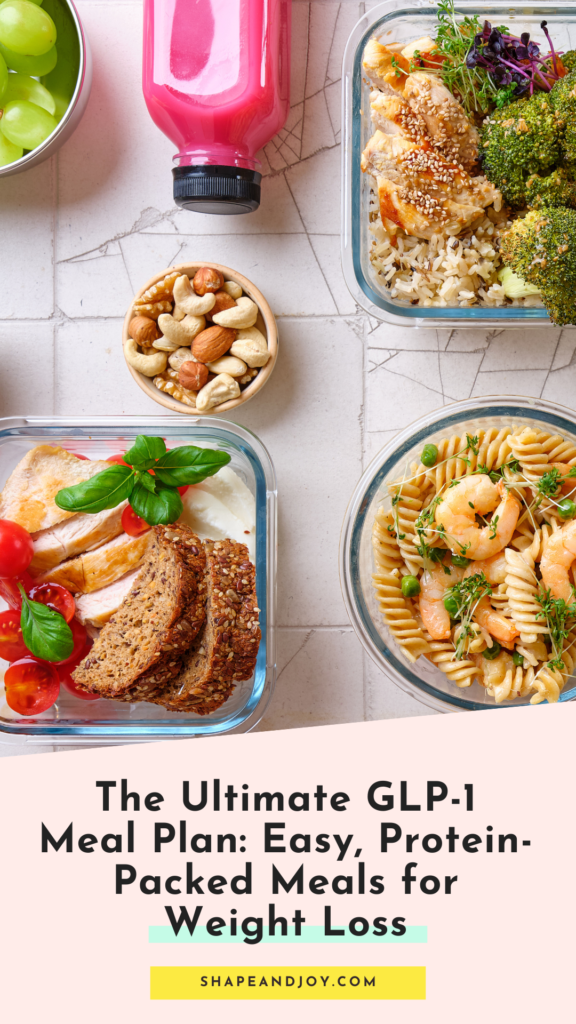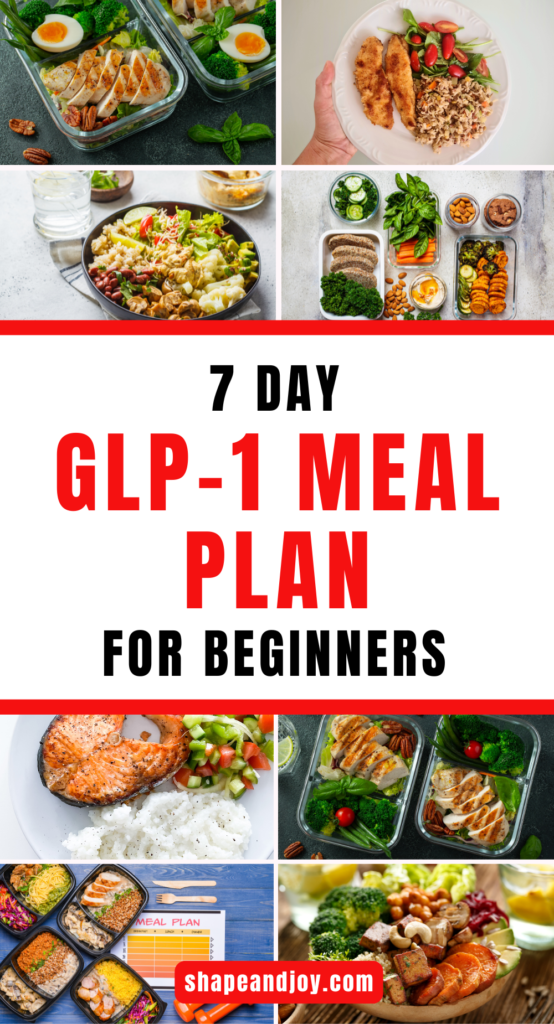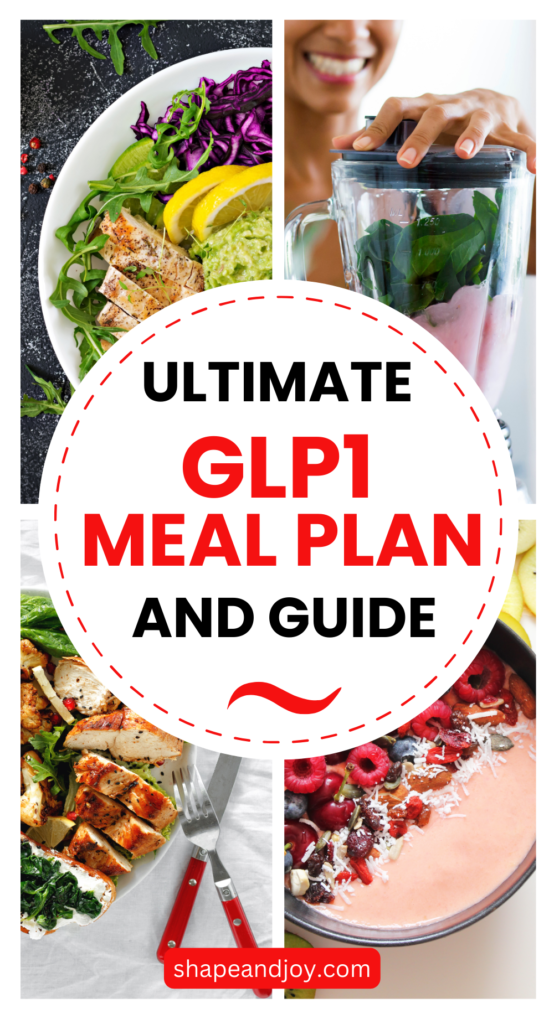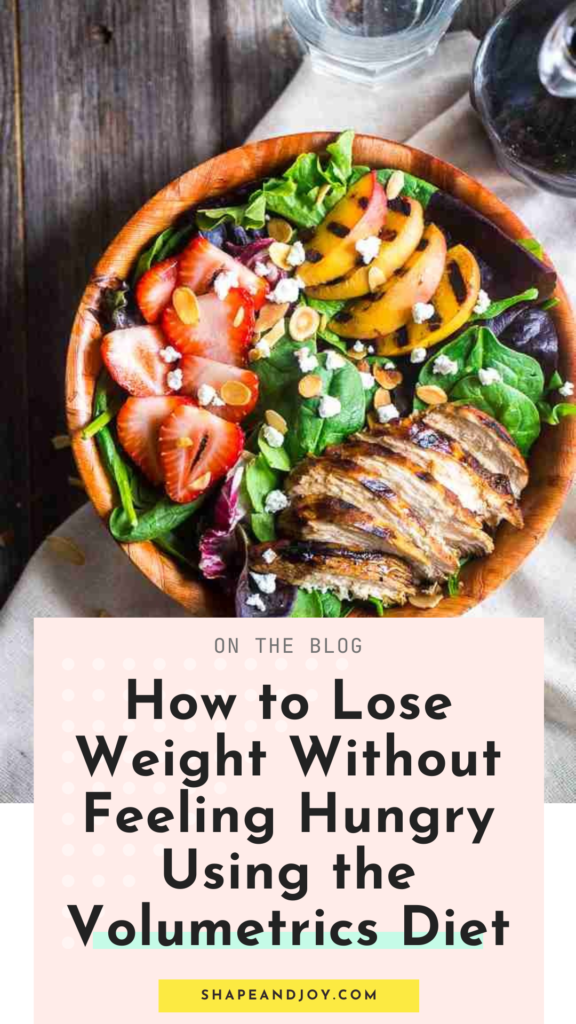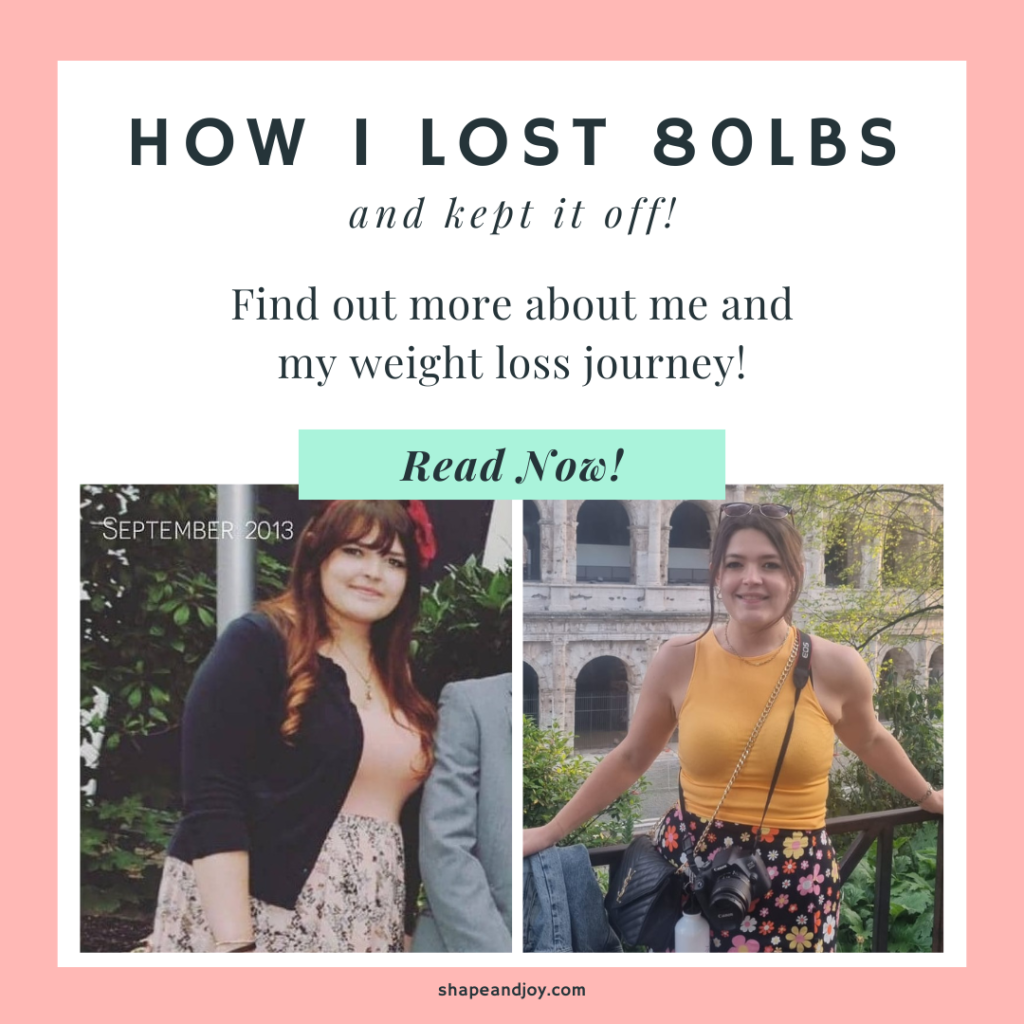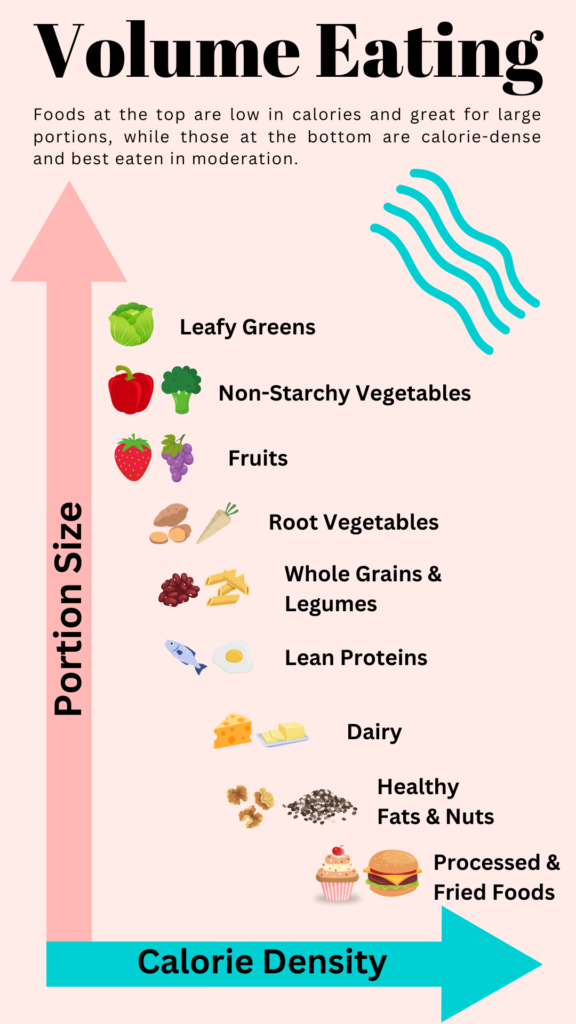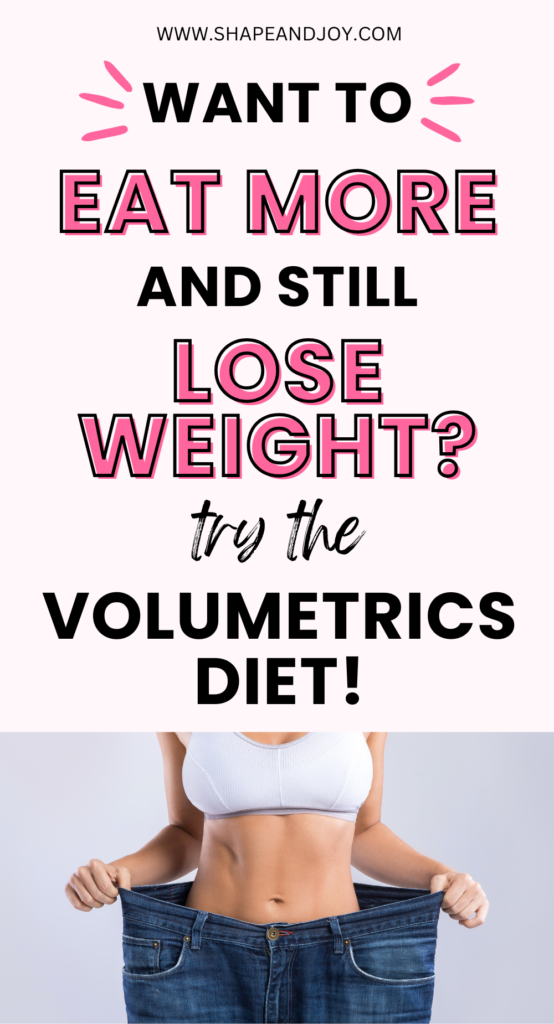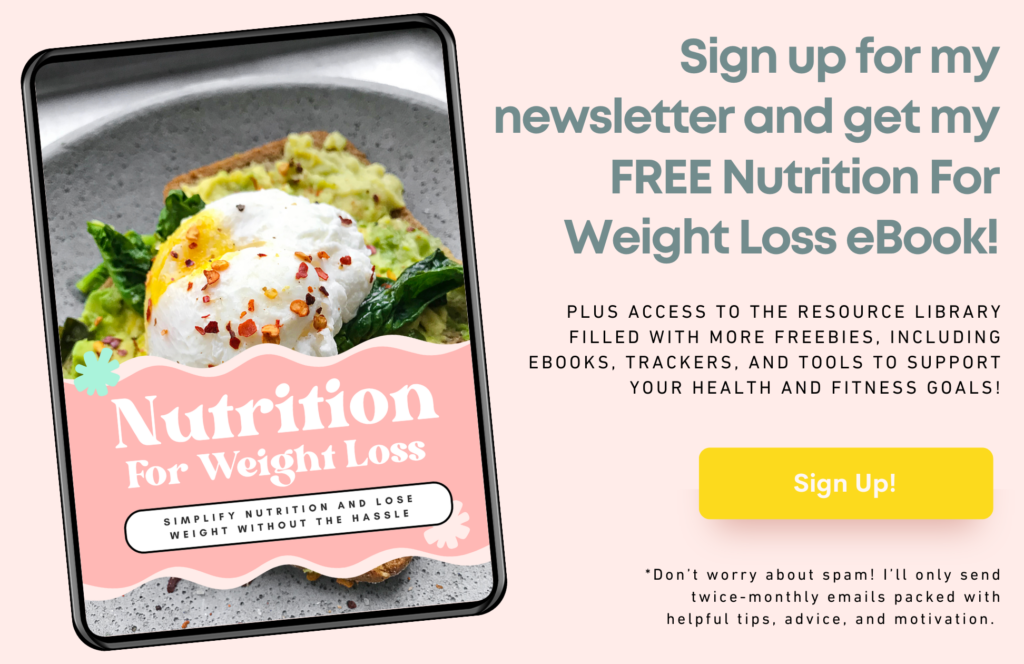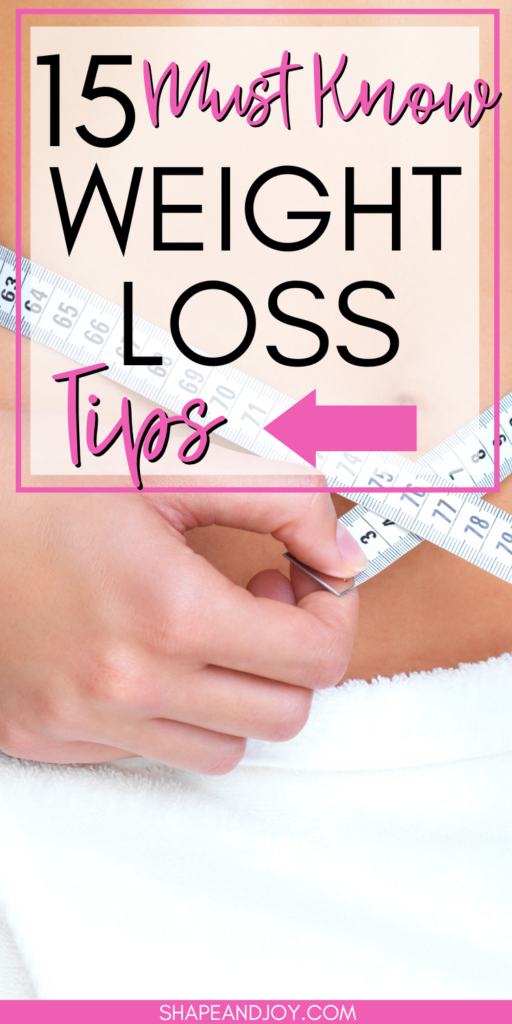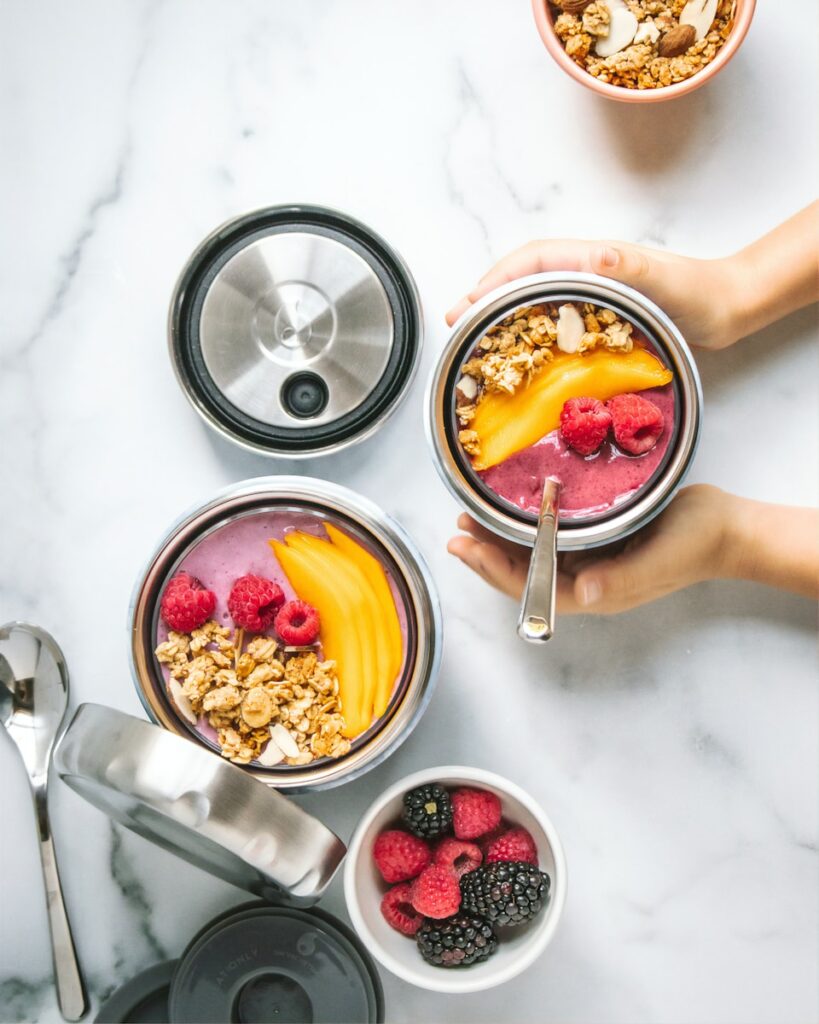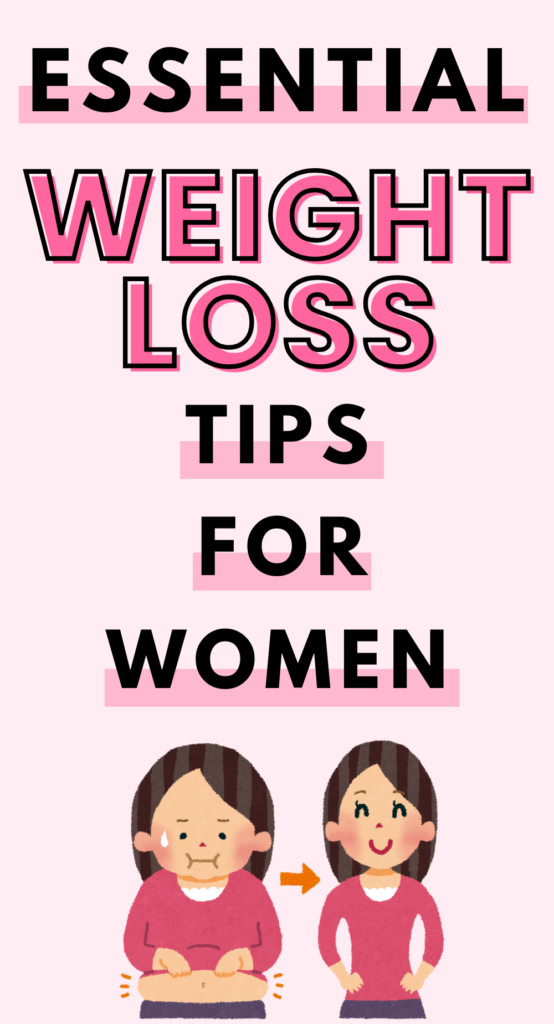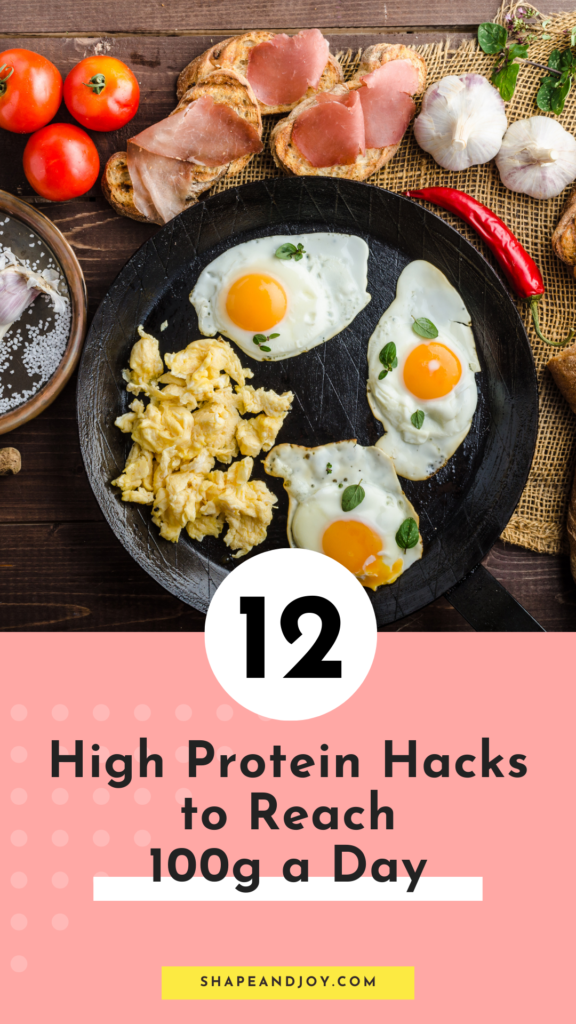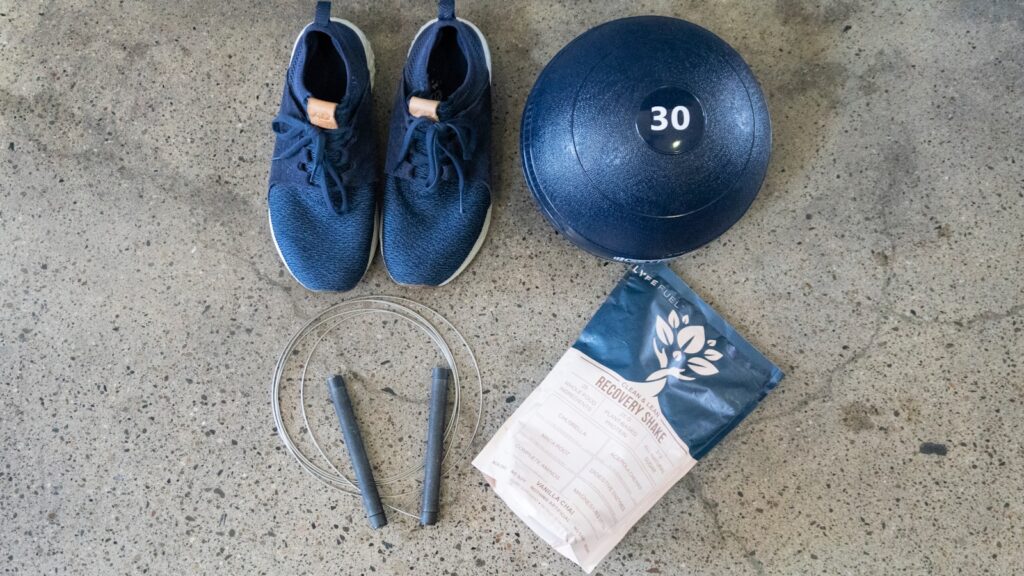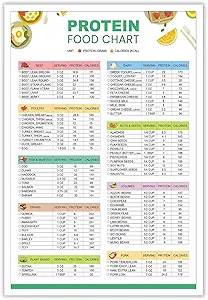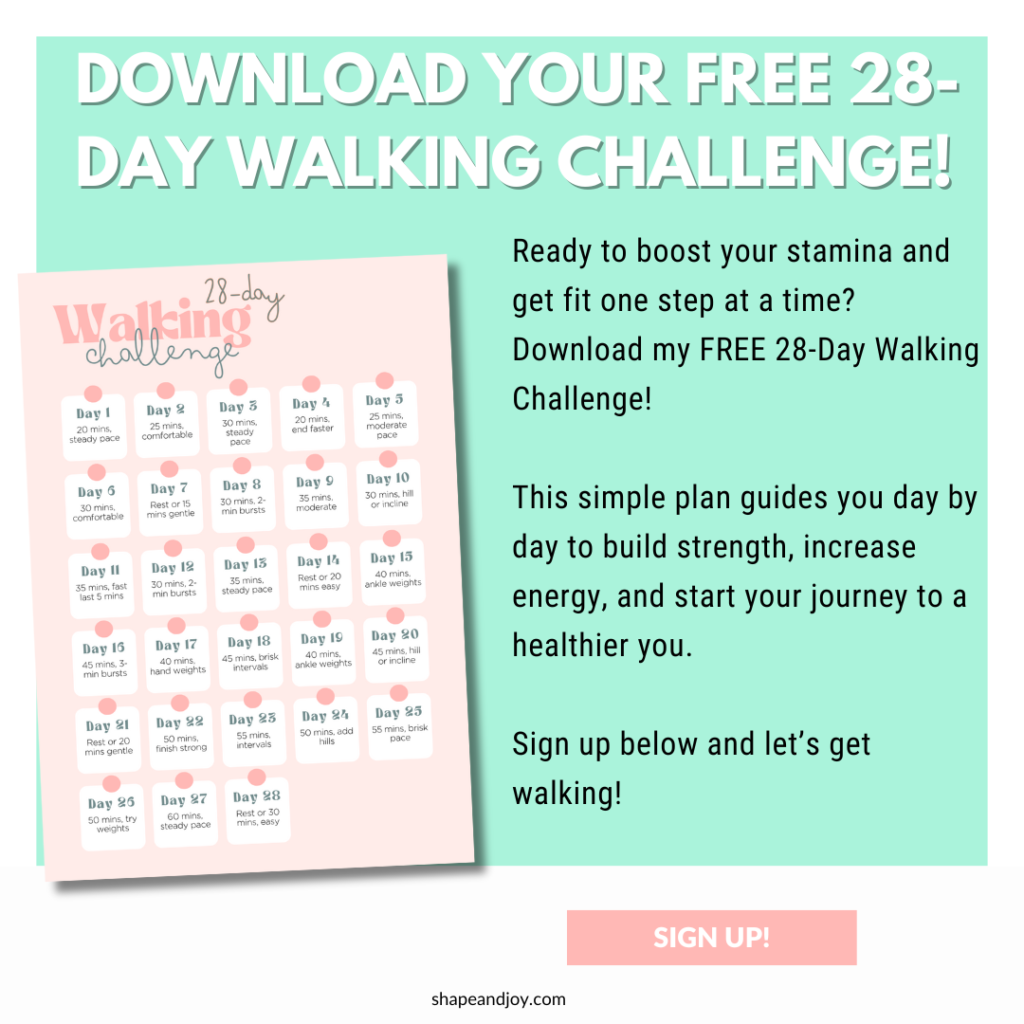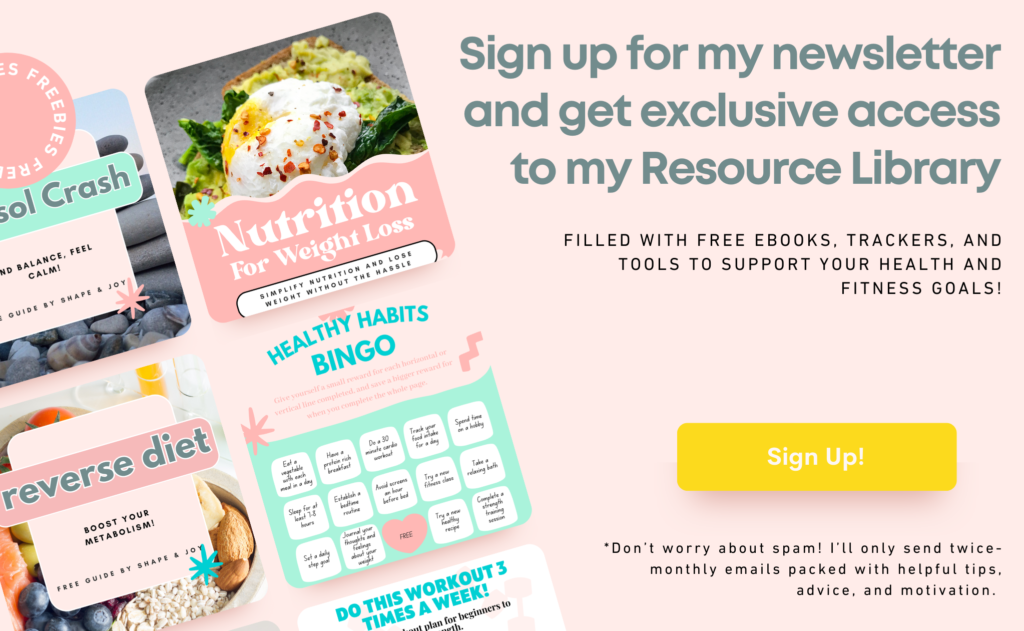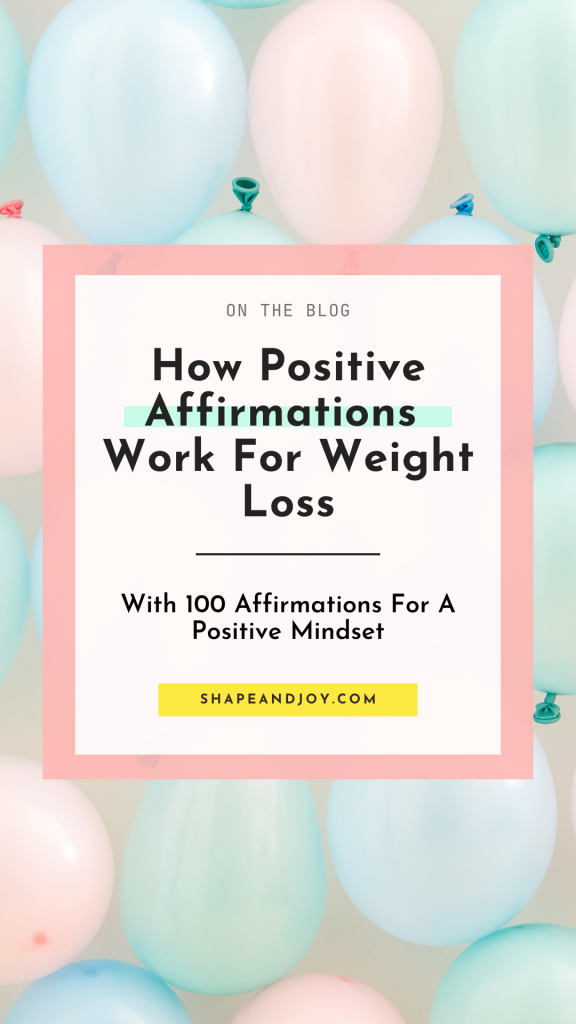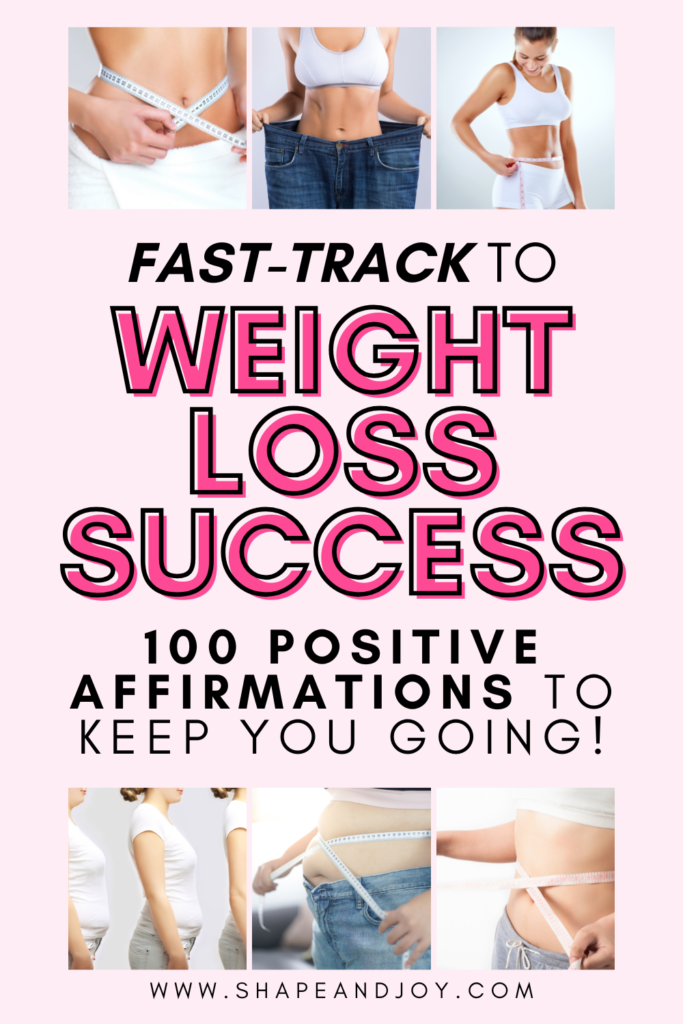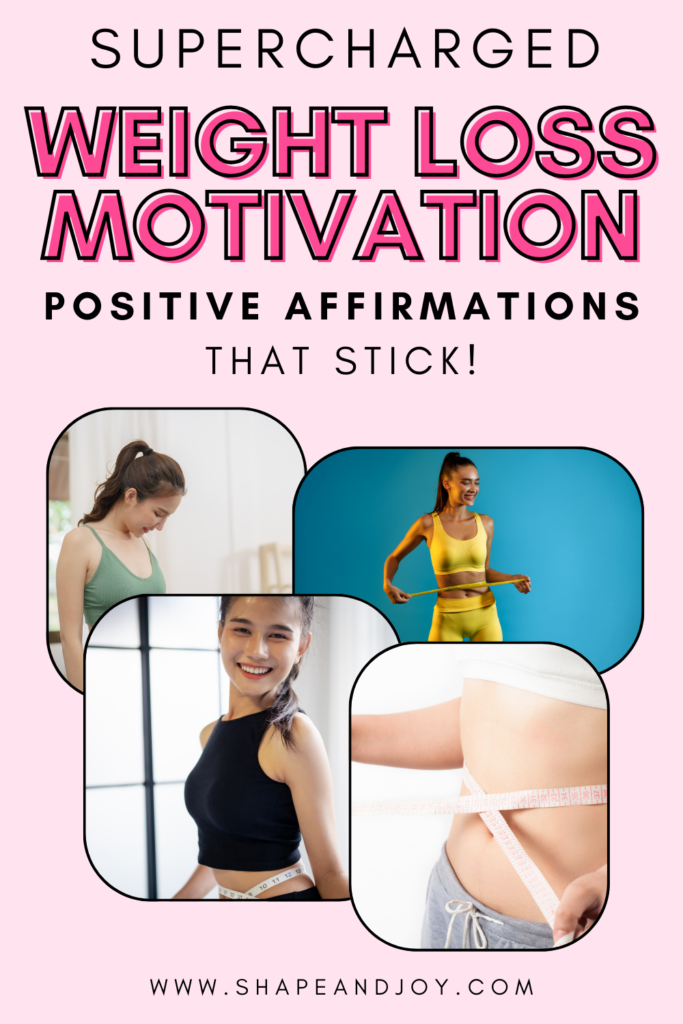Exercise on GLP-1: The Best Workouts for Fat Loss and Muscle Retention
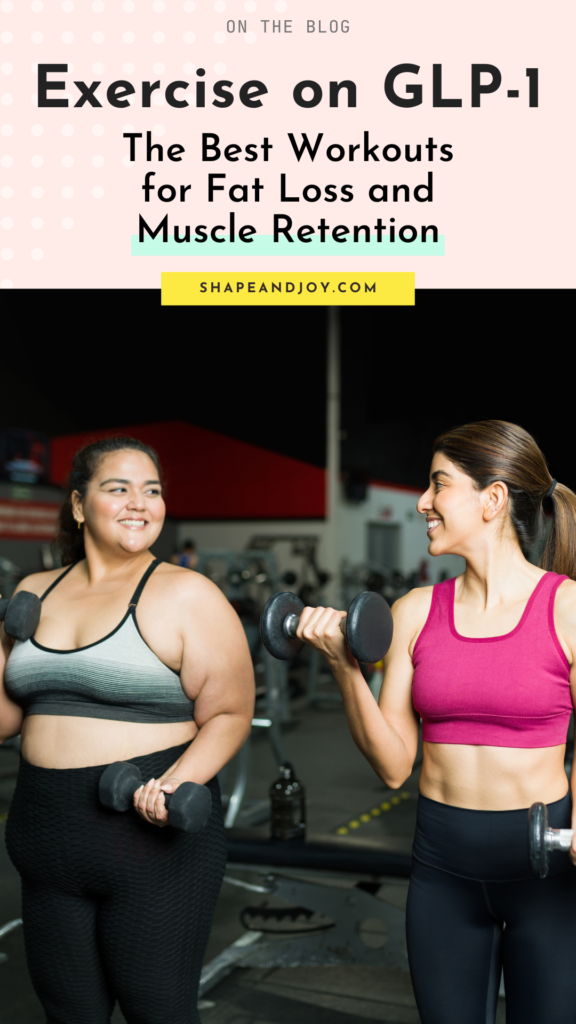
So, you’re on GLP-1 medications like Zepbound, Mounjaro, or Wegovy, and the weight is finally shifting. Amazing, right? But now you’re wondering… do I actually need to exercise on GLP-1?
Short answer: YES. Longer answer: YES, unless you want to lose muscle along with fat and end up feeling weak, tired, and with a metabolism slower than a Monday morning.
But don’t panic—I’m not about to tell you to spend hours doing soul-crushing HIIT workouts or running until your legs feel like noodles. The key to sustainable weight loss on GLP-1s is smart, simple movement that keeps your muscle strong and metabolism firing—without leaving you feeling like you need a two-day nap.
Let’s dive in.
1. Why Exercise on GLP-1s?
GLP-1 meds curb your appetite—which is great for fat loss, but not so great when it means you’re eating less protein and potentially losing muscle mass. And trust me, muscle is something you don’t want to lose.
What happens if you don’t exercise on GLP-1?
- You lose muscle along with fat. Less muscle = a slower metabolism.
- You feel weaker and more fatigued. Not fun.
- Your body composition doesn’t improve much. The scale might go down, but you might still feel “soft” instead of strong.
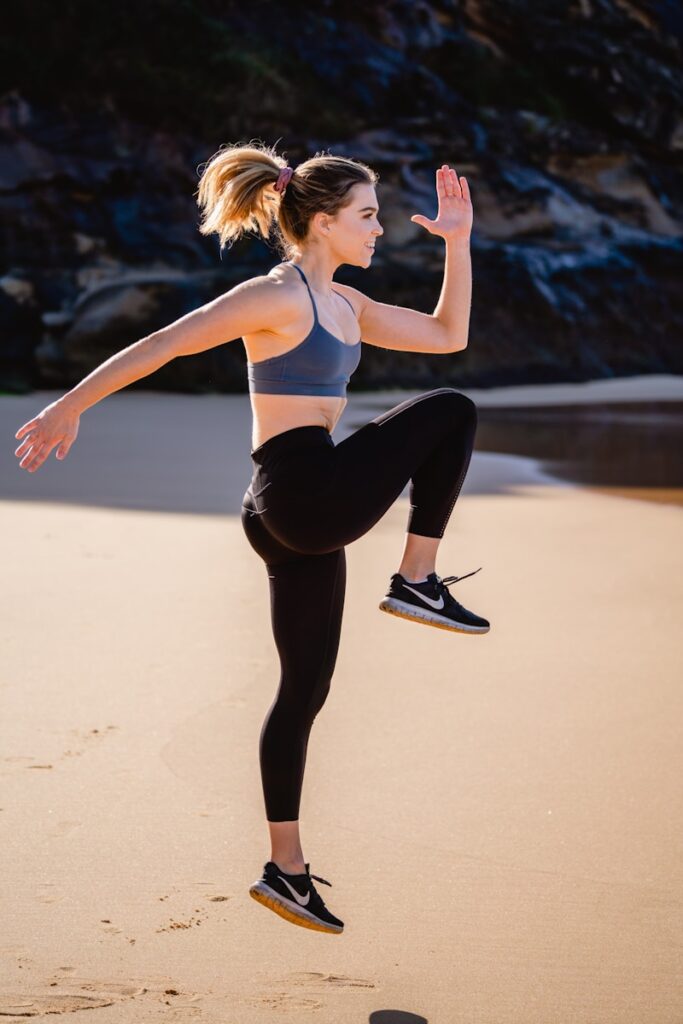
What happens if you do exercise?
- You burn fat while keeping muscle. A win-win.
- Your metabolism stays high. Which helps prevent weight regain.
- You feel stronger, healthier, and more energised.
- You can eat more without gaining fat. Yes, really.
Need a structured plan? Try my GLP-1 Meal plan, packed with high-protein meals to fuel your workouts while keeping weight loss on track.
2. The Best Types of Exercise for GLP-1 Users
Let’s get one thing straight—you don’t need to work out like a bodybuilder to see results. But you do need to move your body in a way that supports your weight loss goals.
Here’s what works best:
1. Strength Training (Your New Best Friend)
If you do nothing else, lift some weights. Strength training preserves muscle, burns fat, and keeps you strong.
- Start with 2-3 sessions per week.
- Focus on full-body workouts. Think squats, deadlifts, push-ups, and rows.
- Use bodyweight, dumbbells, resistance bands, or gym machines.
I have some free printable workout plans if you’re looking for a way to get started:
2. Walking (The Underrated Fat-Burner)
Look, I love a good lazy day as much as the next person, but daily movement matters.
- Aim for at least 8,000-10,000 steps a day.
- Walking is amazing for fat loss, digestion, and overall health.
- Easy on the joints, great for long-term sustainability.
3. Low-Impact Cardio (No Burpees Needed)
If you want to add cardio, skip the endless treadmill runs and go for something low-impact and effective:
- Cycling – Easy on the joints, great for endurance.
- Swimming – Full-body workout without stressing your knees.
- Elliptical – Less strain than running, still gets your heart rate up.
Need post-workout meal ideas? A Zepbound Food Idea like a protein smoothie with berries, Greek yoghurt, and flaxseeds is perfect.
📌 Pin this for later! ⬇
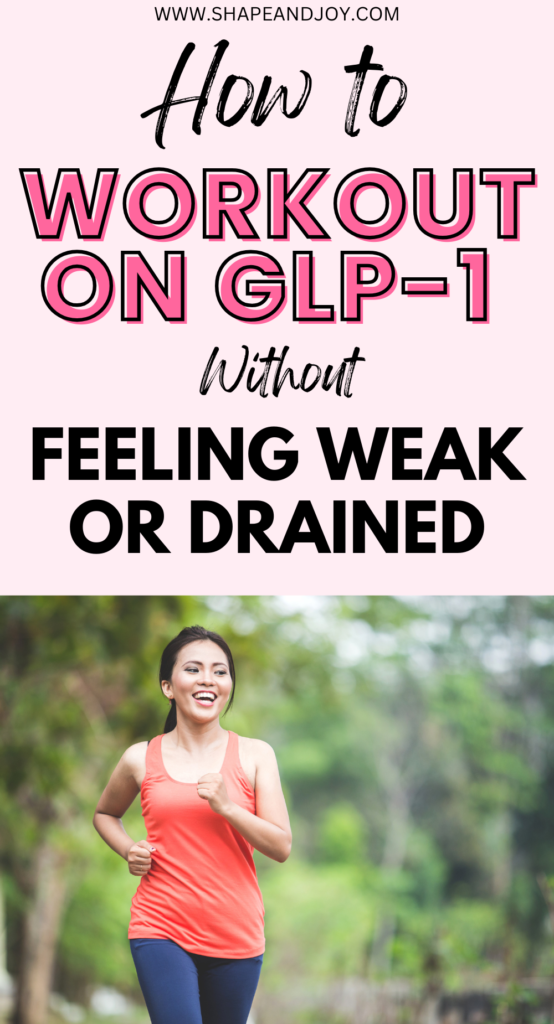
4. Pilates & Yoga (Bonus for Flexibility & Strength)
Want to build strength without heavy lifting? Pilates and yoga are perfect for improving core strength, balance, and flexibility.
- Pilates = killer for core strength.
- Yoga = great for flexibility, relaxation, and stress relief.
Looking for more GLP-1 guidance? This post is part of my GLP-1 weight loss series, covering everything from starting out to maintaining results long-term. Check out all the posts below!
- GLP-1 Medications 101: What They Are and How They Work
- How to Get the Best Results on GLP-1 Medications: Tips for Success
- 5 Common Mistakes People Make on GLP-1 Medications (and How to Avoid Them)
- The Ultimate GLP-1 Meal Plan: Easy Protein-Packed Meals for Weight Loss
- The Ultimate GLP-1 Grocery List
- 8 Foods to Avoid If You’re Serious About Thriving on GLP-1 Medications
- Navigating Side Effects on GLP-1 Medications: What’s Normal & How to Manage Them
- Exercise on GLP-1: The Best Workouts for Fat Loss and Muscle Retention
- Coming Off GLP-1: How to Maintain Your Weight and Avoid Regaining
- 13 GLP-1 Must-Haves to Make Fat Loss Easier (and faster!)
- 14 High-Protein GLP-1 Fakeaway Recipes – Easy, Delicious & Side-Effect Safe!
- The Best GLP-1 Supplements for Energy, Muscle & Health
3. How to Exercise When You Have Low Energy on GLP-1
If you’re struggling with fatigue or low energy, exercise can feel impossible. But here’s the thing—the right movement can actually help fight fatigue.
Here’s how to stay active without overdoing it:
- Start small. Even a 10-minute walk is better than nothing.
- Eat enough protein and healthy fats. Try GLP-1 meal ideas packed with lean protein, avocado, and nuts.
- Hydrate! Dehydration makes fatigue worse.
- Don’t overtrain. If your body says rest, listen.
For easy-to-digest, energy-boosting meals, try a Semaglutide Food Idea like a banana with almond butter before a workout.
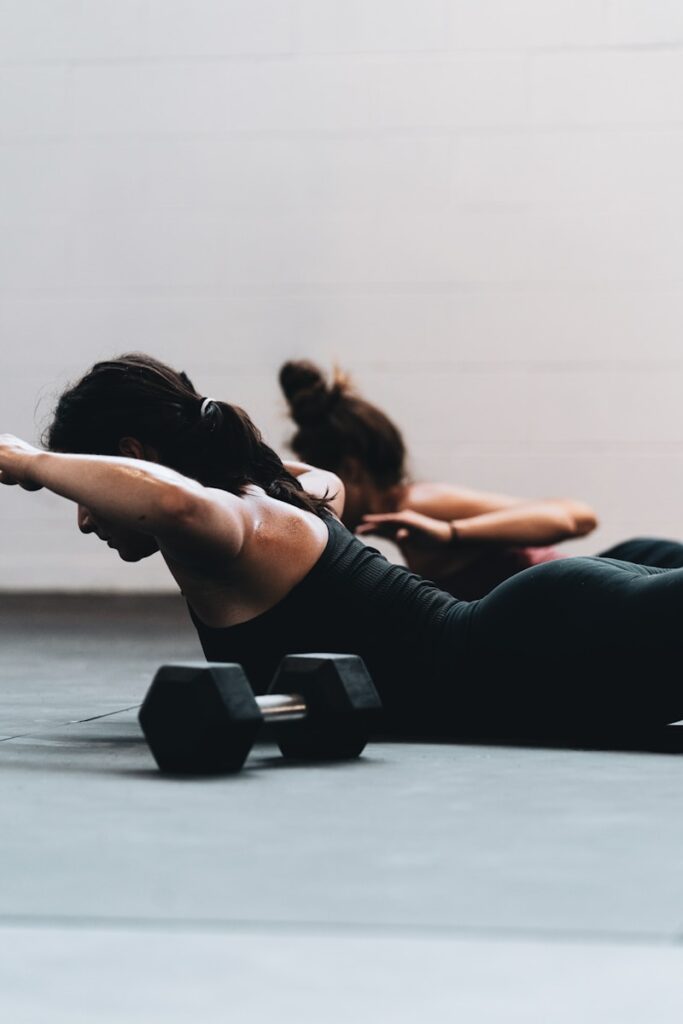
4. What to Eat to Support Exercise on GLP-1
Fuelling your workouts properly is key—because if you’re not eating enough of the right nutrients, your body will struggle.
Best foods for pre- and post-workout meals
- Pre-workout: Banana with almond butter, Greek yoghurt with honey, or a small smoothie.
- Post-workout: Scrambled eggs with avocado, a protein shake, or a chicken & quinoa bowl.
5. The Best Weekly Workout Plan for GLP-1 Users
Want to keep things simple and effective? Here’s a beginner-friendly workout plan that works with your energy levels, not against them.
Weekly GLP-1 Workout Plan
- Monday: Full-body strength training (30 mins)
- Tuesday: 30-45 min walk
- Wednesday: Yoga or Pilates (30 mins)
- Thursday: Full-body strength training (30 mins)
- Friday: Low-impact cardio (cycling/swimming)
- Saturday: Active rest (light walk, stretching)
- Sunday: Full-body strength training or rest
Looking for more GLP-1 guidance? This post is part of my GLP-1 weight loss series, covering everything from starting out to maintaining results long-term. Check out all the posts below!
- GLP-1 Medications 101: What They Are and How They Work
- How to Get the Best Results on GLP-1 Medications: Tips for Success
- 5 Common Mistakes People Make on GLP-1 Medications (and How to Avoid Them)
- The Ultimate GLP-1 Meal Plan: Easy Protein-Packed Meals for Weight Loss
- The Ultimate GLP-1 Grocery List
- 8 Foods to Avoid If You’re Serious About Thriving on GLP-1 Medications
- Navigating Side Effects on GLP-1 Medications: What’s Normal & How to Manage Them
- Exercise on GLP-1: The Best Workouts for Fat Loss and Muscle Retention
- Coming Off GLP-1: How to Maintain Your Weight and Avoid Regaining
- 13 GLP-1 Must-Haves to Make Fat Loss Easier (and faster!)
- 14 High-Protein GLP-1 Fakeaway Recipes – Easy, Delicious & Side-Effect Safe!
- The Best GLP-1 Supplements for Energy, Muscle & Health
Want better results from your GLP-1 meds?
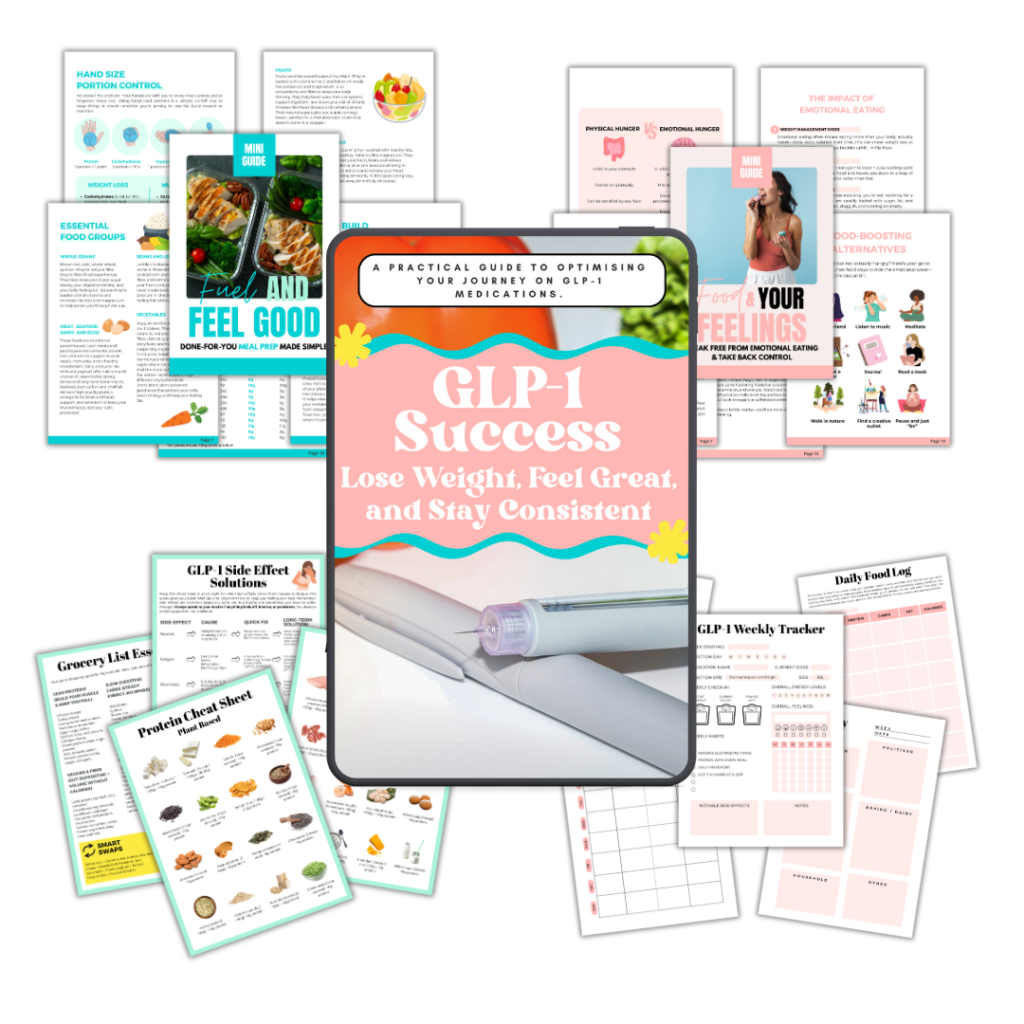
Then you need more than just the injection. The GLP-1 Success Blueprint Bundle is your no-fluff digital sidekick for losing weight, feeling amazing, and actually staying consistent.
Inside, you’ll get a full guide, two mini books, cheat sheets, and trackers to help you:
- Eat enough protein (without living on shakes)
- Tackle side effects without losing your mind
- Stay consistent when motivation vanishes
- Keep the weight off long-term – even after meds
- Actually understand what your body needs
Tap here to learn more and grab your bundle
Final Thoughts: You Don’t Need to Kill Yourself in the Gym—Just Move!
Listen, GLP-1 meds are a powerful tool, but they work even better when paired with the right movement. You don’t need to train like an athlete—just find movement you enjoy and stay consistent.
Your Action Plan:
- Prioritise strength training – At least 2-3x a week.
- Walk daily – Aim for 8,000+ steps.
- Fuel your body properly – Eat enough protein and healthy carbs.
- Listen to your energy levels – Don’t overdo it.
📌 Next up: Coming Off GLP-1: How to Maintain Your Weight and Avoid Regaining – because no one wants to do all this work just to gain it all back later! 🚀
📌 Pin this for later! ⬇


